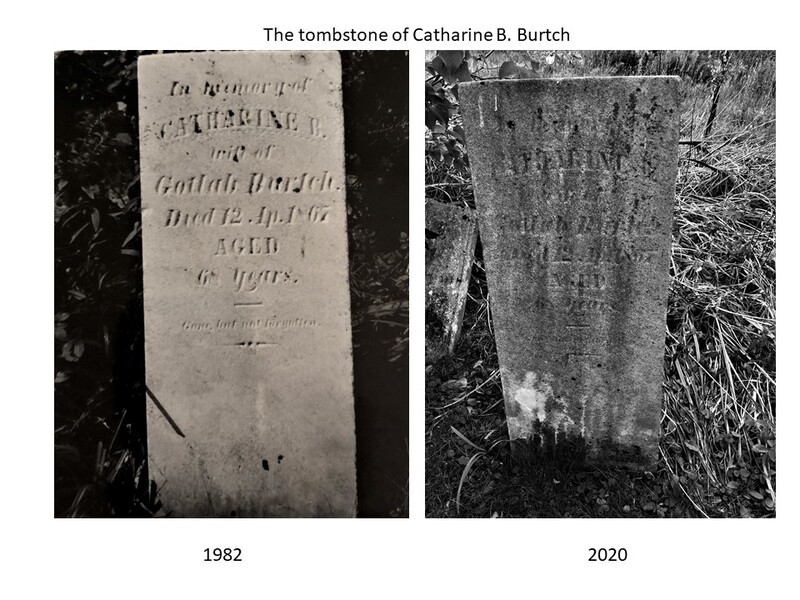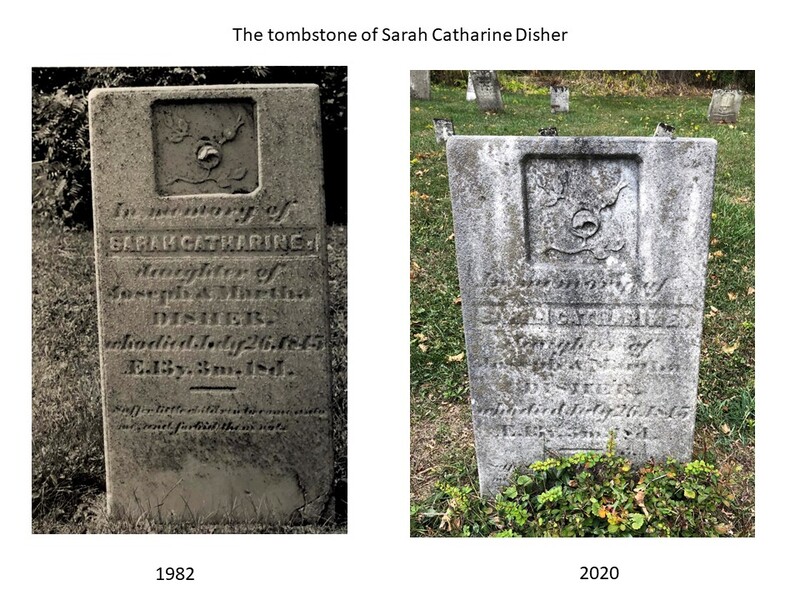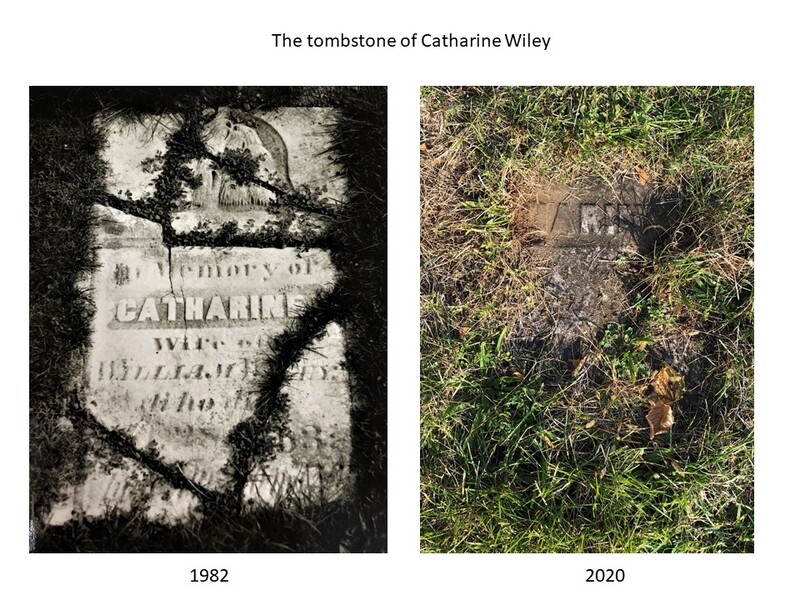40 Years Later
How do we preserve and honour the memories of those who came before us? In some cases, a tombstone may be the only evidence of existence. Most of the women in this exhibit died too young to leave any legacy or they were overshadowed by the accomplishments and reputations of their spouses. A tombstone is the most significant way to remember these often forgotten women.
Time and environmental conditions have not been kind to many of the tombstones that were documented by the Project in 1982. Vandalism, soil instability, stone weathering, and neglect are a few of the many factors leading to the deterioration and in some cases, the disappearance of many 19th and early 20th century tombstones from our local Niagara cemeteries.
Here is a sampling of the tombstones that have suffered from neglect and deterioration.
Read more:
Tom Meierding, a geomorphologist from the University of Delaware is studying tombstones as a tool to study the environment. Read more about his methods and his findings: researcher-stalks-cemeteries-to-study-environment
Livingston, Richard A., Norbert S. Baer, Use of tombstones in investigation of deterioration of stone monuments. Environmental Geology and Water Sciences, 16, 83-90, 1990
Anson-Cartwright, Tamara, Landscapes of memories: a guide for conserving historic cemeteries: repairing tombstones. Ontario Ministry of Citizenship, Culture and Recreation, 2003.



